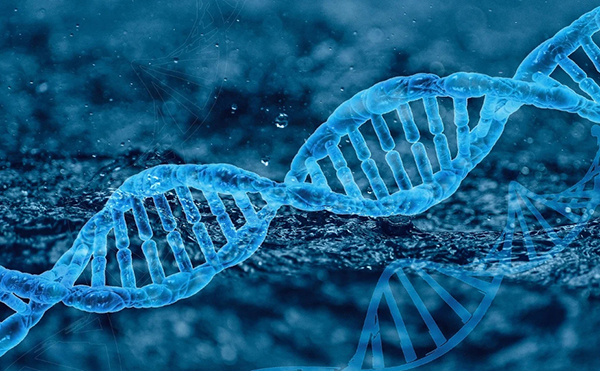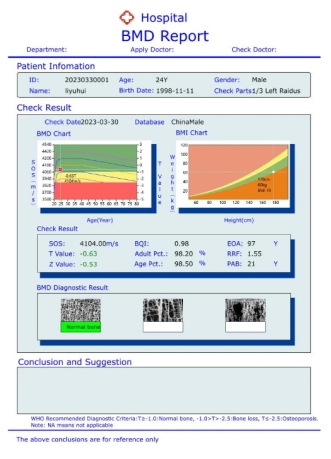Osteoporosis, the silent killer of bones, has become a public health concern because of its silent destructive power and ubiquity. Like a destroyer lurking in the shadows, it inadvertently weakens the strength of bones, so that even a slight fall can lead to serious fractures, causing great inconvenience to patients. Bone mineral density testing is like a line of defense, so that the necessary interventions are taken before the bone is seriously weakened.
Family history: Key information that predicts health risks
In the modern medical context, "family history" is a frequently used term, which is not only very important in genetic counseling, but also in the diagnosis of osteoporosis. In fact, individuals with a family history have a much higher chance of developing osteoporosis than the general population. Some studies have shown that familial osteoporosis may be related to genetic factors. If one or both parents have the disease, the child's bone density is often low, and the risk of future osteoporosis is correspondingly increased. This suggests that if someone in the family develops osteoporosis, it may be necessary to focus on bone health earlier. By having bone density tested early, you can know if you are at high risk and take more aggressive preventive measures accordingly.
Genes and environment: Implications from twin studies
Twin studies provide insight into the role that genes play in determining a person's level of bone density. It is known that because identical twins are genetically identical, they are significantly more similar in bone density than fraternal twins, suggesting that genes play an important role in changes in bone density. However, genes are not a single determinant. Environmental factors, such as diet, exercise habits, smoking and alcohol consumption, also play an important role in bone health. Even twins with similar genetic backgrounds may have significant differences in bone density if they have different lifestyles.
Bone mineral density test: interpretation of T and Z values
Knowing the importance of family history and genetic factors, we need to know how to specifically assess our bone health through bone mineral density testing. Bone mineral density test results are usually expressed as T and Z values. The T-value compares an individual's bone mineral density to the average bone mineral density of a healthy young person, while the Z-value compares the average bone mineral density of the same sex and age group.
Normally, the T-value should be between -1 and 1. If the T-value is less than -2.5, osteoporosis is diagnosed. Between -1 and -2.5 is called osteopenia, which is the early stage of osteoporosis. The Z-value is more commonly used to assess bone development in children and adolescents. With these values, doctors can provide patients with accurate diagnoses and develop personalized treatment and prevention plans.
Regular screening: a long-term strategy for bone health
For women with a family history, those entering menopause, those taking long-term medications that affect bone health, and others at high risk for osteoporosis, regular bone density testing is a key step in maintaining bone health. Through regular testing, doctors can detect changes in bone density in patients in time, so as to adjust the treatment plan and prevent serious consequences such as fractures.
Post time: Nov-06-2024


